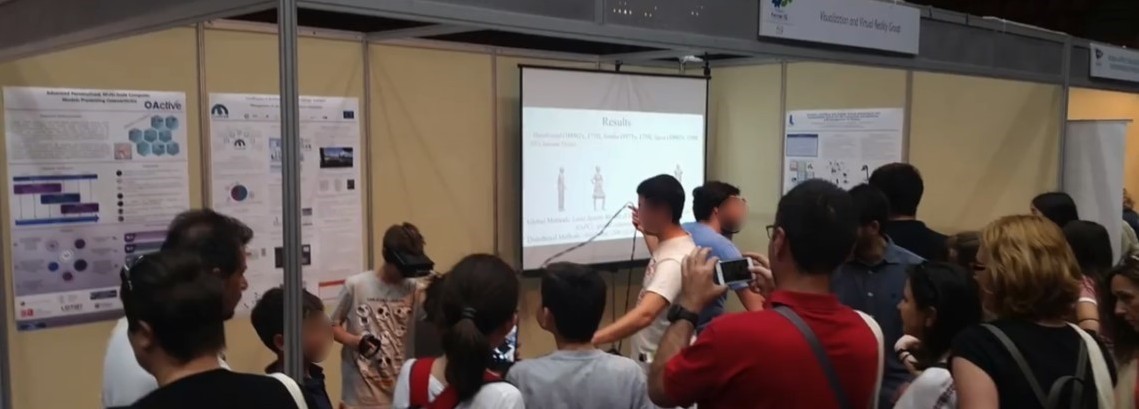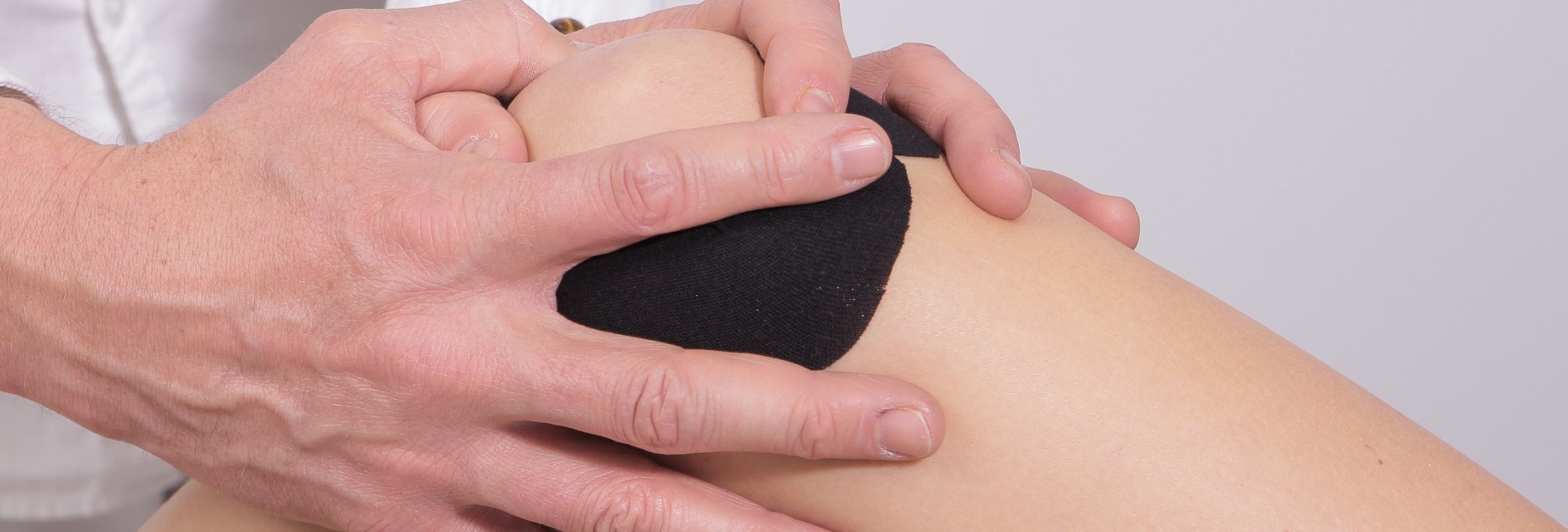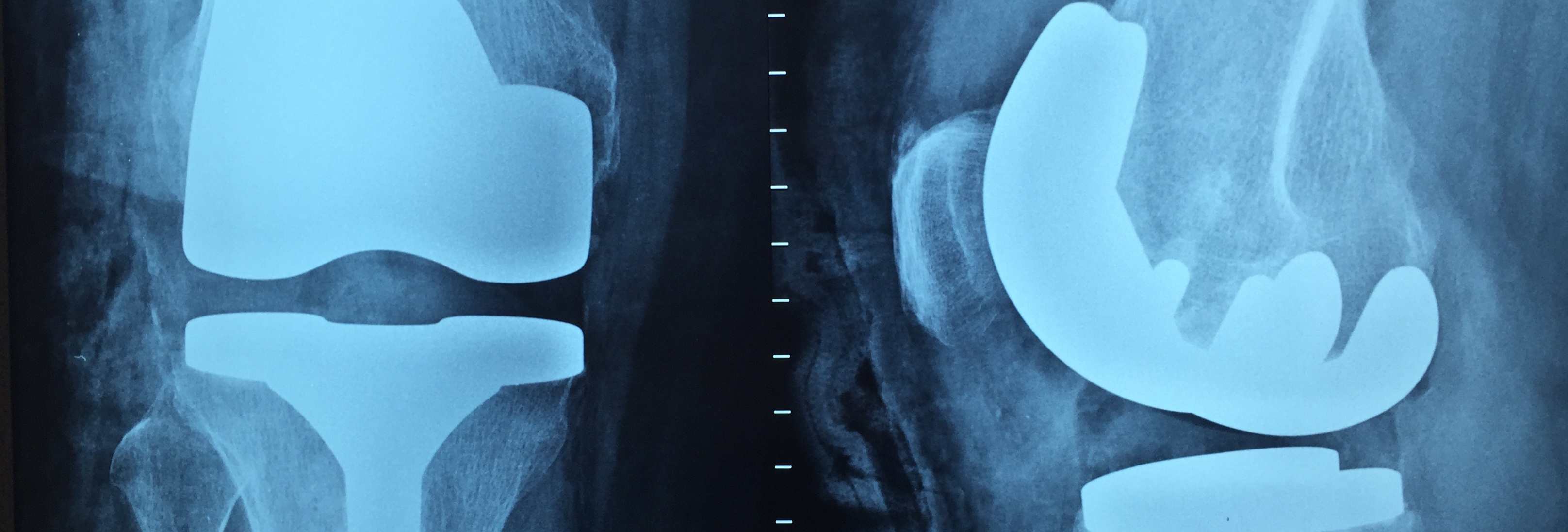The teaser video of the H2020 project OACTIVE is ready! Enjoy a quick preview of what is the mission of the project! Visit link


The teaser video of the H2020 project OACTIVE is ready! Enjoy a quick preview of what is the mission of the project! Visit link

The 6M OActive project meeting took place in Liverpool on 30 May of 2018. Hosted by Prof. Bill Baltzopoulos at the Liverpool John Moores University (UK), OActive 6M meeting gathered 13 partners: eight RTDs and five companies from seven EU countries. It was a good opportunity for partners to meet and discuss the progress of the running work packages, their results and the activities to come. Partners also discussed more thoroughly about Biomechanics and Biomedical issues, as well as technical and ethics issues arising from the OActive project.


In Patras InnoVation Quest Expo 80 exhibitors presented their excellent work, the results of the research done at Academic Institutions, Research Institutes and Innovative Enterprises, The attendance of visitors exceeding 5,500 showed that society and businesses have embraced this effort while at the same time distinguished scientists, contributors to innovative entrepreneurship and the political world also attended the event.


Despite the large number of cross-sectional studies on gait in subjects with knee osteoarthritis, there are scarcely any longitudinal studies on gait changes in knee osteoarthritis.
Gait analysis was performed on 25 women with early and 18 with established medial knee osteoarthritis, as well as a group of 23 healthy controls. Subjects were asked to walk at their comfortable speed. Kinematic and kinetic data were measured at baseline and after 2 years follow-up.
Results indicated that the early osteoarthritis group, similar to established osteoarthritis group, showed significantly higher maximum knee adduction angles compared to the controls during the early stance phase of gait. None of the kinematic or kinetic measures, changed over two years in the early osteoarthritis group. In the established osteoarthritis group, at the time of entry, an increased first and second peak knee adduction moment, as well as higher mid-stance knee adduction moment and knee adduction moment impulse, were present compared to the control and the early osteoarthritis groups. Mid-stance knee adduction moment and knee adduction moment impulse, further increased over two years only in the established osteoarthritis group. For all three groups, the peak knee flexion angle during the stance phase decreased significantly over time.
Increased maximum knee adduction angle during stance phase was the only alteration in the gait pattern of subjects with early knee osteoarthritis compared to the controls. This suggests that, unlike in the later stages of the disease, gait is rather stable over two years in early osteoarthritis.

AXIA and Time.lex had a meeting on 18 April 2018 in Brussels regarding collaboration of the two entities under OActive project. During the meeting ethical issues related to data management plan, as well as legal issues concerning the collection and use of data from patients and also healthy individuals were discussed.

The aim of this study was to examine the relationship of psychosocial factors, namely, pain catastrophizing, kinesiophobia, and maladaptive coping strategies, with muscle strength, pain, and physical performance in patients with knee osteoarthritis (OA)-related symptoms.
A total of 109 women (64 with knee OA-related symptoms) with a mean age of 65.4 years (49-81 years) were recruited for this study. Psychosocial factors were quantified by the Pain Catastrophizing Scale, Tampa Scale for Kinesiophobia, and Pain Coping Inventory. Clinical features were assessed using isometric and isokinetic knee muscle strength measurements, visual analog scale, Western Ontario and McMaster Universities Osteoarthritis Index, and functional tests. Associations were examined using correlation and regression analysis.
In knee OA patients, pain catastrophizing, kinesiophobia, and coping strategy explained a significant proportion of the variability in isometric knee extension and flexion strength (6.3%-9.2%), accounting for more overall variability than some demographic and medical status variables combined. Psychosocial factors were not significant independent predictors of isokinetic strength, knee pain, or physical performance.
In understanding clinical features related to knee OA, such as muscle weakness, pain catastrophizing, kinesiophobia, and coping strategy might offer something additional beyond what might be explained by traditional factors, underscoring the importance of a biopsychosocial approach in knee OA management. Further research on individual patient characteristics that mediate the effects of psychosocial factors is, however, required in order to create opportunities for more targeted, personalized treatment for knee OA.

Dynamic and static varus alignment, both, have been reported as risk factors associated with structural progression of knee osteoarthritis. However the association of none of the static and dynamic alignment with structural, clinical, and functional progression associated with knee osteoarthritis has not been assessed yet in a longitudinal study.
Forty-seven women with early and established medial knee osteoarthritis were evaluated. Static and dynamic alignment as well as MRI detected structural features, clinical, and functional characteristics of patients were assessed at baseline and at 2 years follow-up. Associations between baseline static and dynamic alignment with structural, functional, and clinical characteristics at the time of entry, as well as the changes over 2 years were evaluated.
Both static and dynamic varus alignment at baseline were significantly associated with osteoarthritis related tibio-femoral joint structural abnormalities detected on MRI, at the time of entry. Only the magnitude of varus thrust at baseline was predictive of the changes in the presence of meniscal maceration over two years. None of the static or dynamic measures of knee joint alignment were associated with clinical characteristics associated with medial knee osteoarthritis.

The International Workshop on Osteoarthritis Imaging provides an interactive environment for those interested in osteoarthritis imaging to learn and network. Participants represent the diverse scope of the field and include professionals from specialties including medicine, surgery, radiology, medical physics and physiotherapists, as well as a broad array of professional backgrounds including academia, industry, government and regulatory agencies.

There has been steady progress in osteoarthritis (OA) biomarker research in 2016. Several novel biomarkers were identified and new technologies have been developed for measuring existing biomarkers. However, there has been no “quantum leap” this past year and identification of novel early OA biomarkers remains challenging. During the past year, OARSI published a set of recommendations for the use of soluble biomarkers in clinical trials, which is a major step forward in the clinical use of OA biomarkers and bodes well for future OA biomarker development.

Ireland Welcomes You to the 8th World Congress of Biomechanics. The Congress will take place from 8 – 12 July 2018 in the Convention Centre Dublin, in the very heart of Dublin city. The World Congress of Biomechanics is held once every 4 years and is the premier meeting worldwide in its field.
For more information: Visit link
We use cookies to improve your experience on our website. By browsing this website, you agree to our use of cookies. More Info
Cookies are small text files held on your computer. Some cookies are required to ensure that the site functions correctly, for this reason we may have already set some cookies. They also allow us to give you the best browsing experience possible and help us understand how you use our site. For more information read our Privacy Policy.